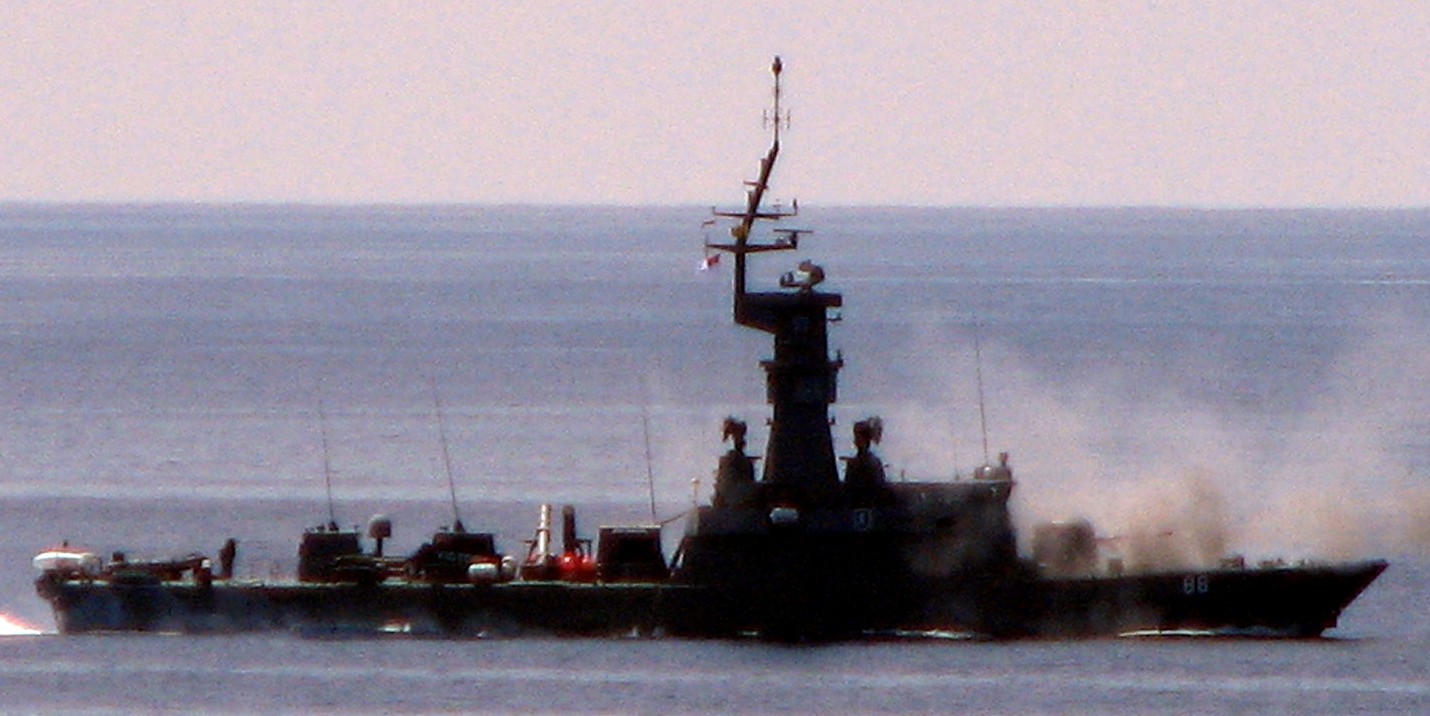
Singapore plans to replace its Victory-class Missile Corvettes (MCVs), the current mainstay of its naval surface combat fleet, with more capable Multi-Role Combat Vessels (MRCVs) by 2025.
The MRCVs will contain configurable modular payloads and unmanned systems to function as flexible “motherships” capable of deploying unmanned drones to suit various missions from peace to war, according to a ‘fact sheet‘ about the Victory-class MCVs published by the Republic of Singapore Navy.
The 62 m Victory-class vessels were first commissioned in 1990 and are currently in service with the RSN’s 188 Squadron. The corvettes can attain a top speed of 35 kt, and a standard range of 2,000 n miles at 22 kt.
While current UAVs can extend a ship’s field of vision by 100km because of their range, Republic of Singapore Navy (RSN) head of naval operations Cheong Kwok Chien told Channel NewsAsia last month that it’s likely that those on the MRCV can go farther.
“In the future, this range will increase because the control capabilities will improve,” he added. “It’s not very far-fetched to say that easily the ship will have awareness of maybe 150km around it”.
According to the report, a typical strike package will possibly comprise a pair of MRCVs that each carries three unmanned aerial vehicles (UAV), so there’s one in the air at all times, and two unmanned surface vessels.
